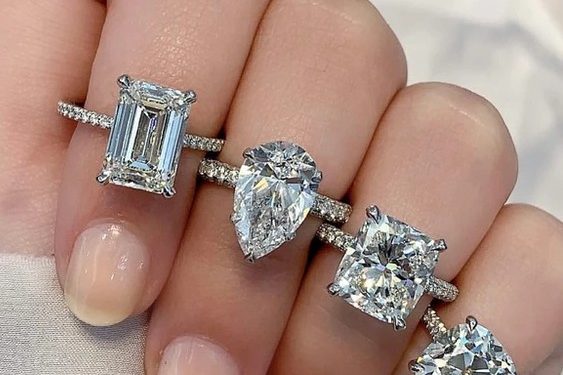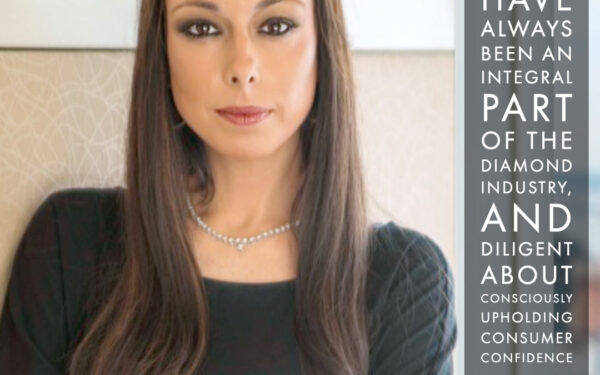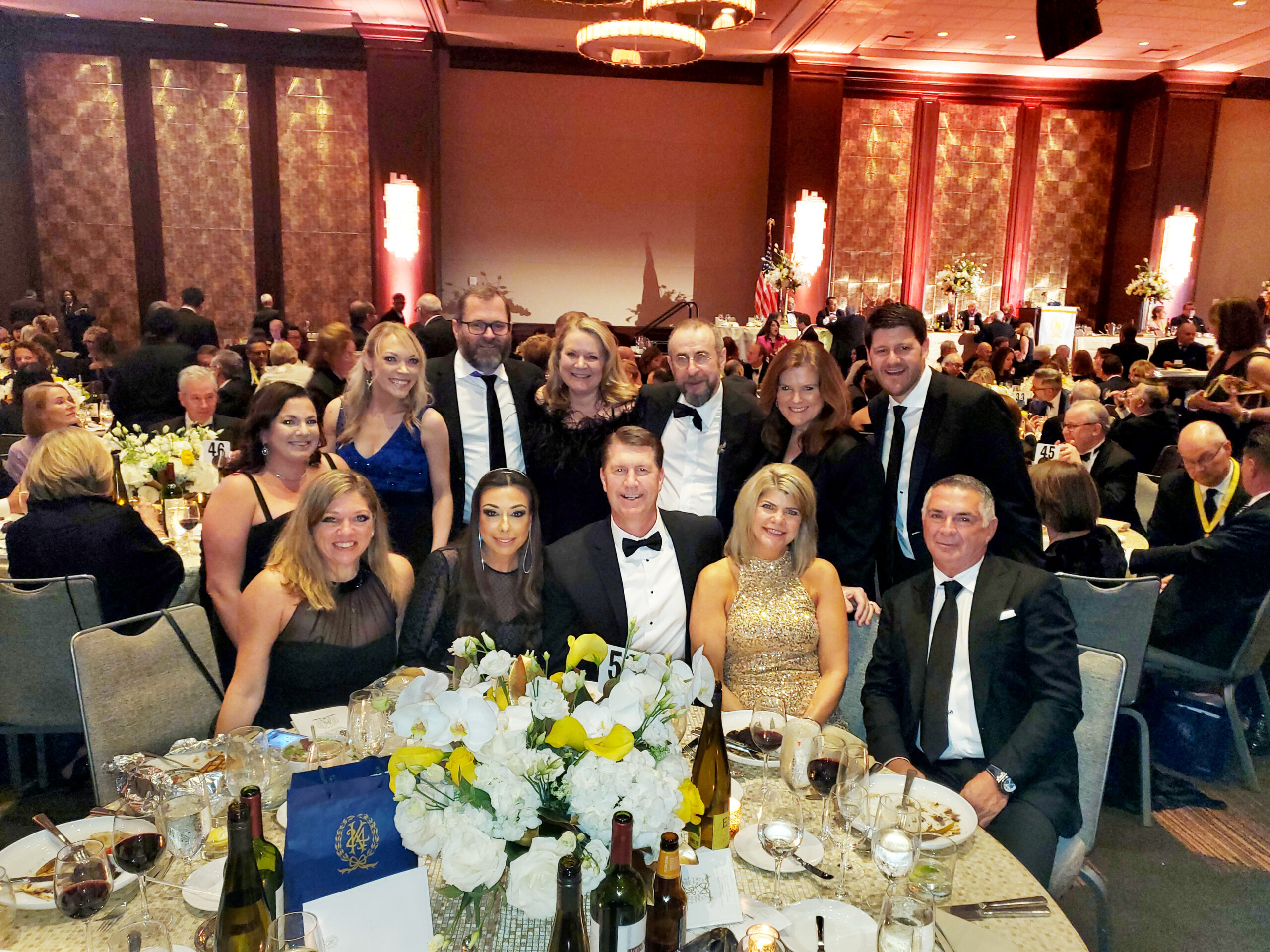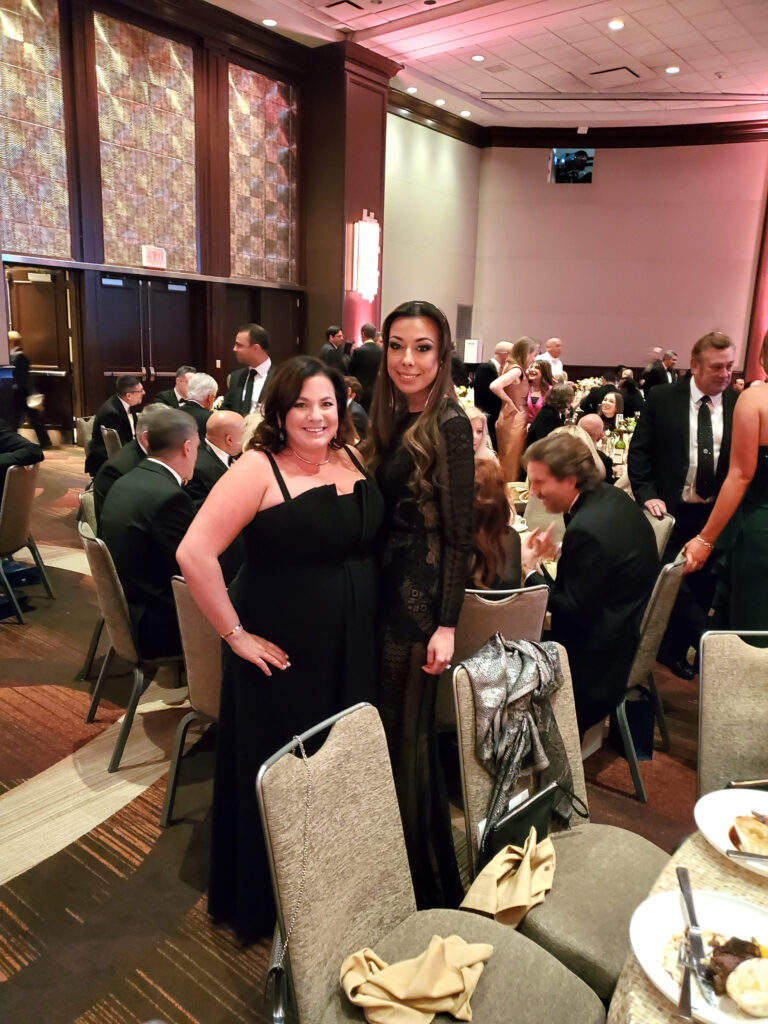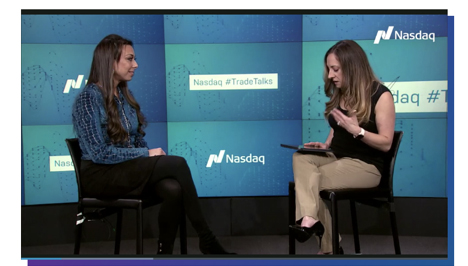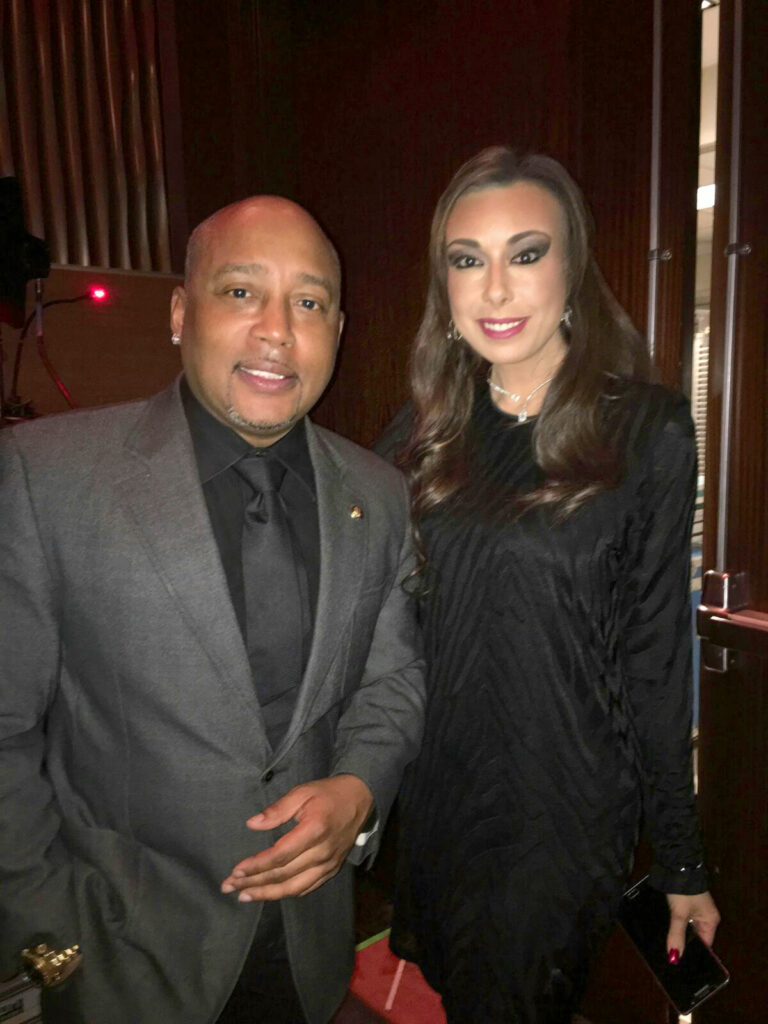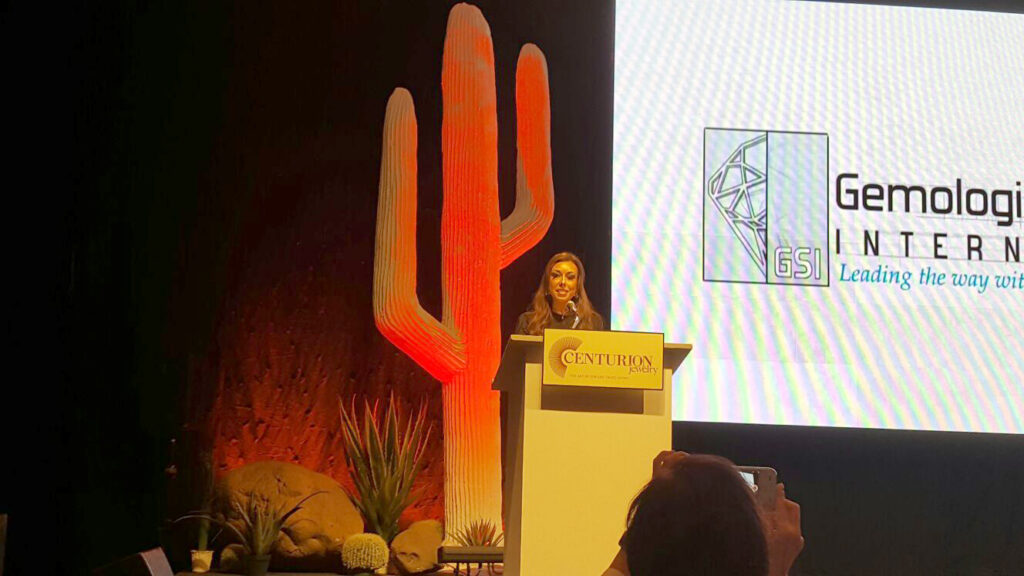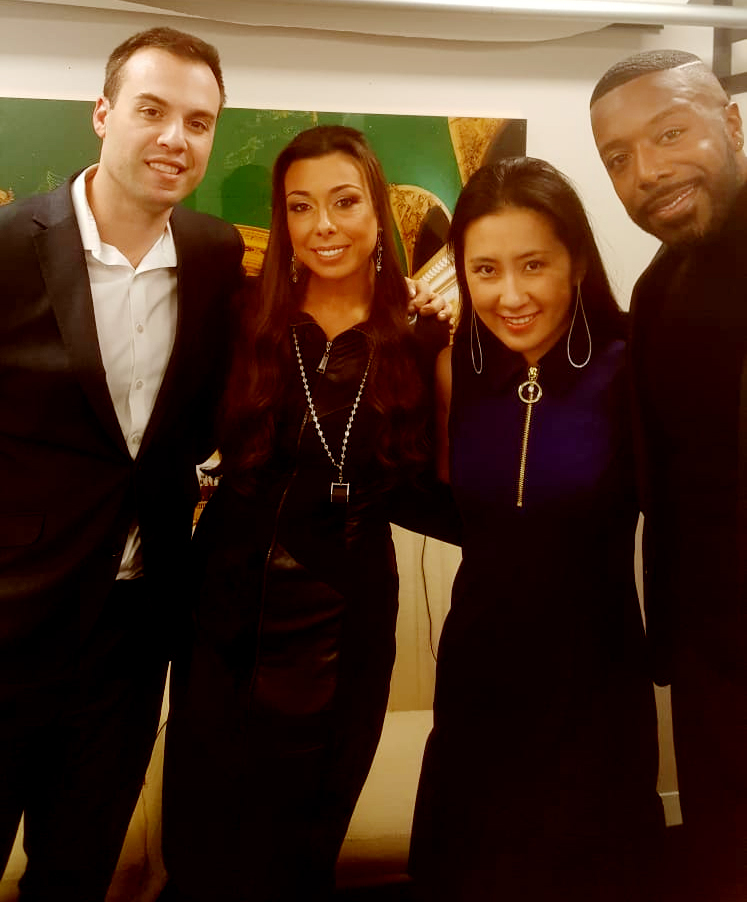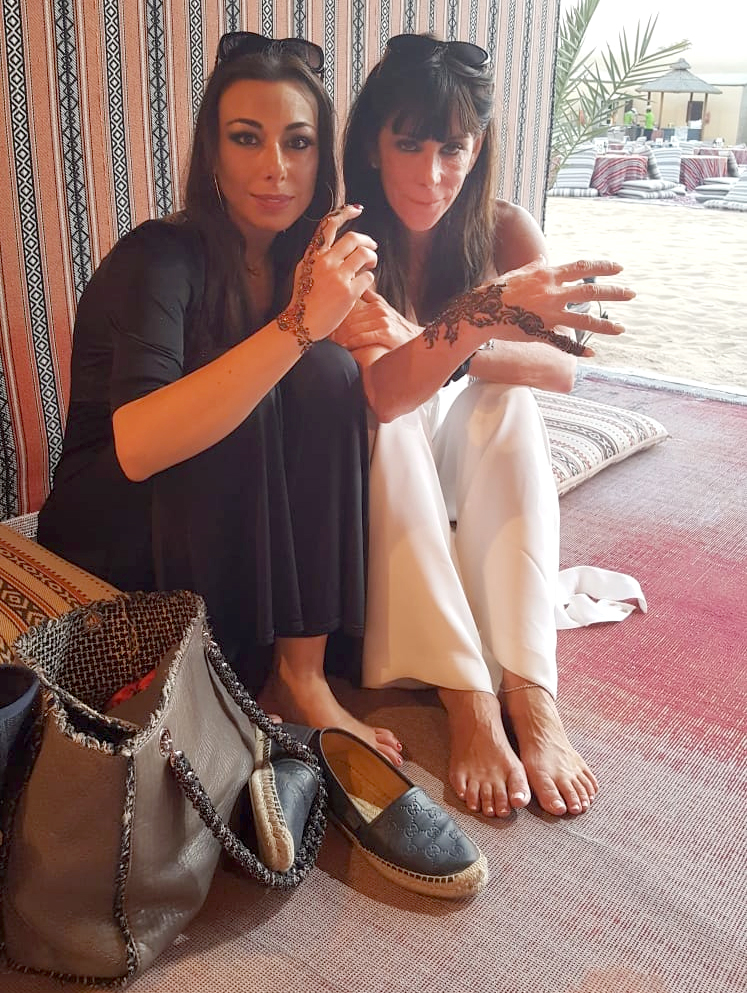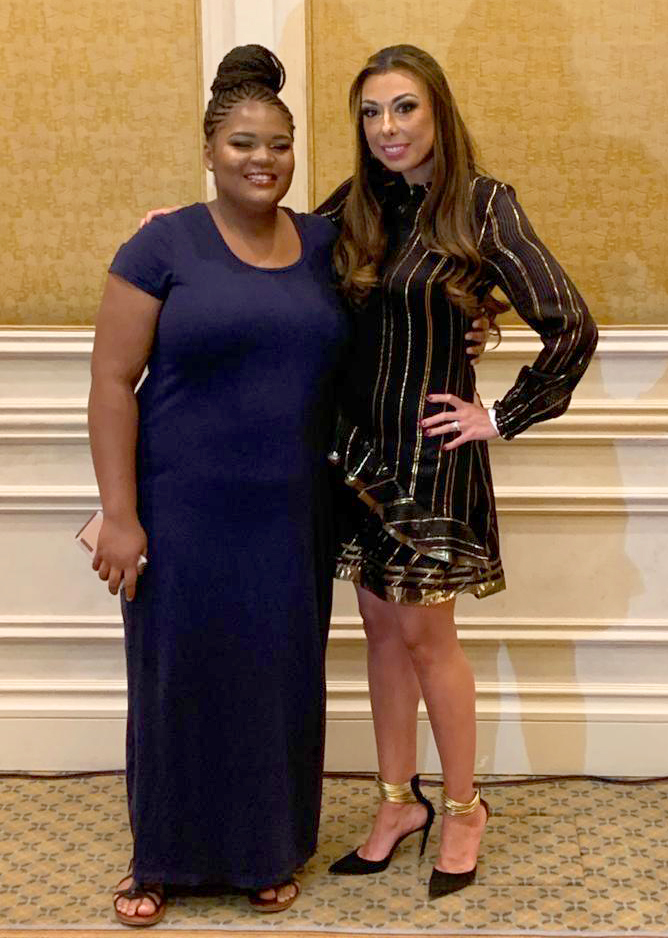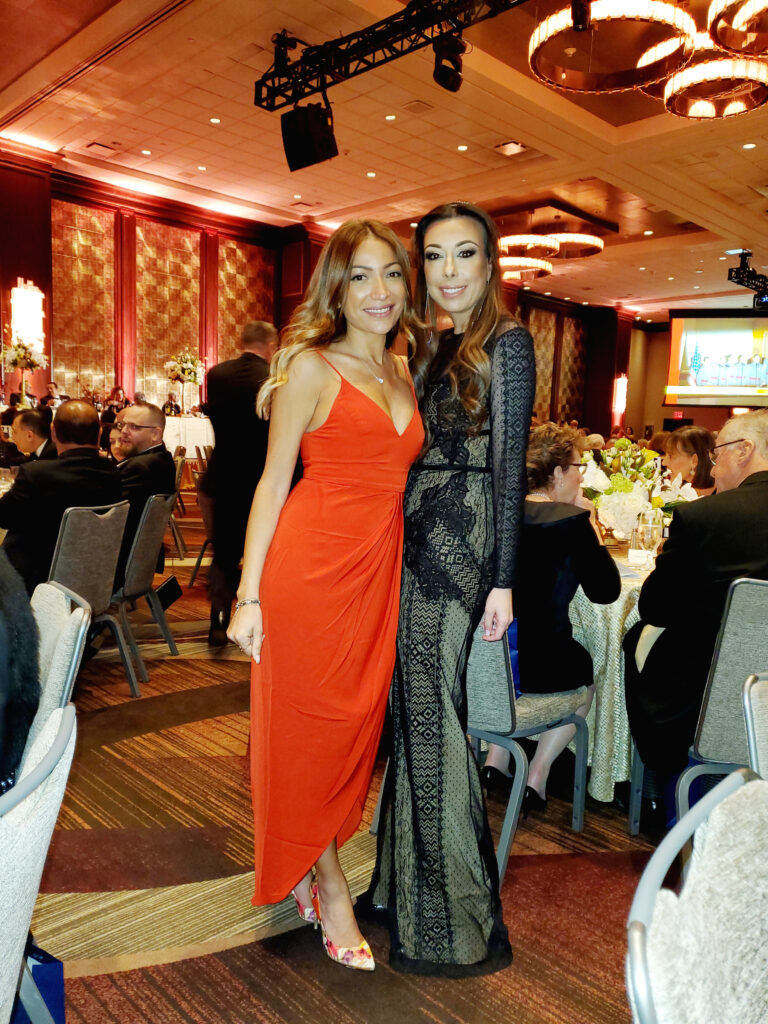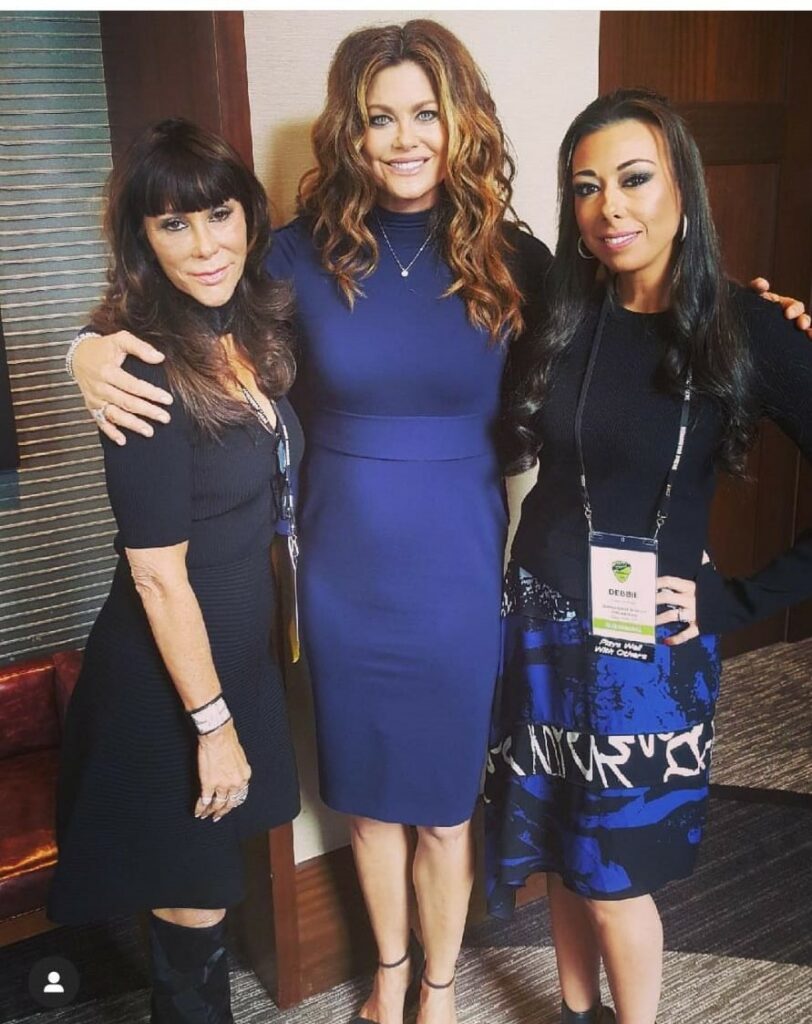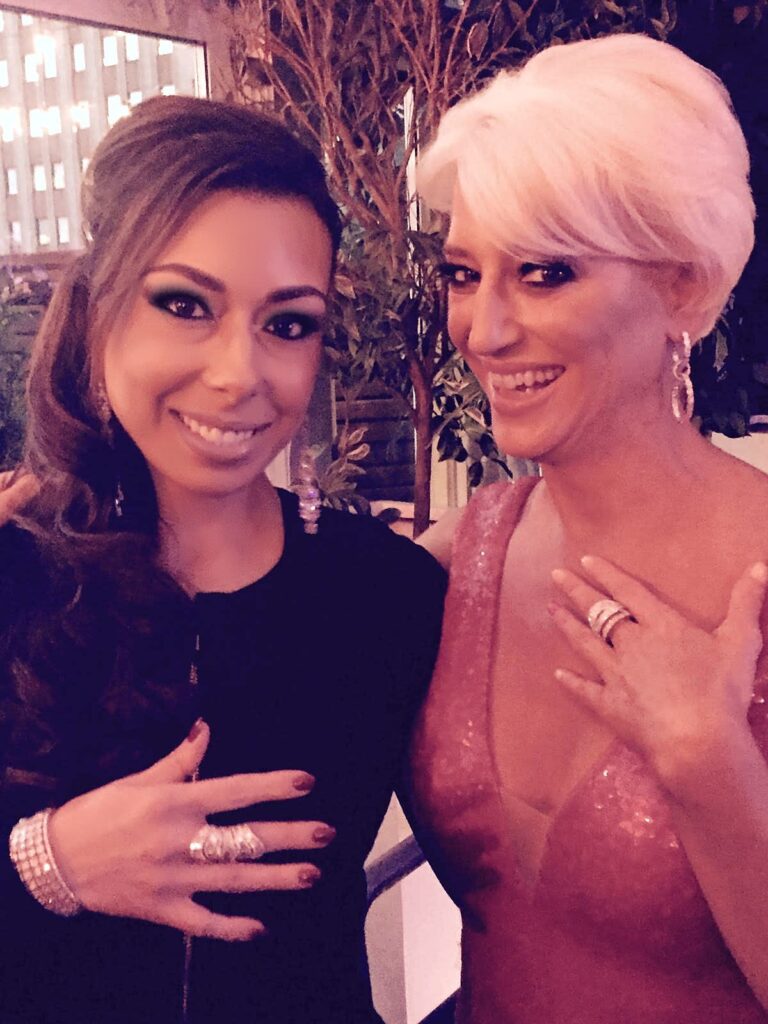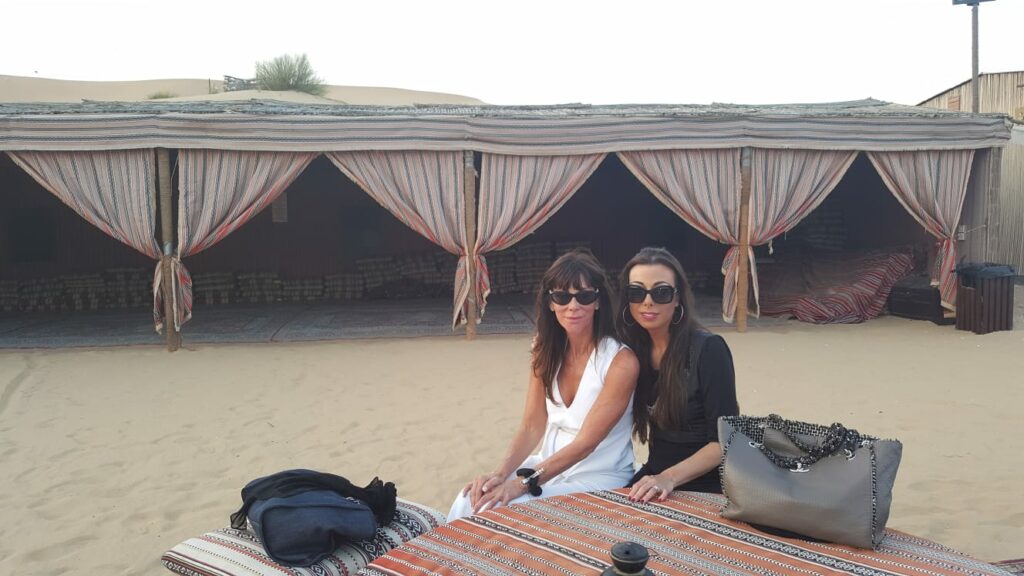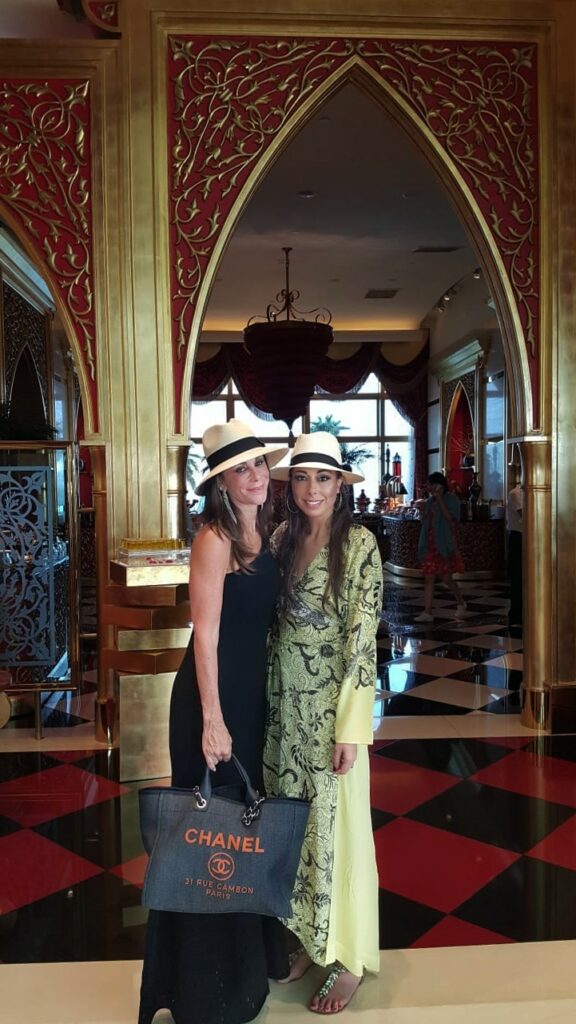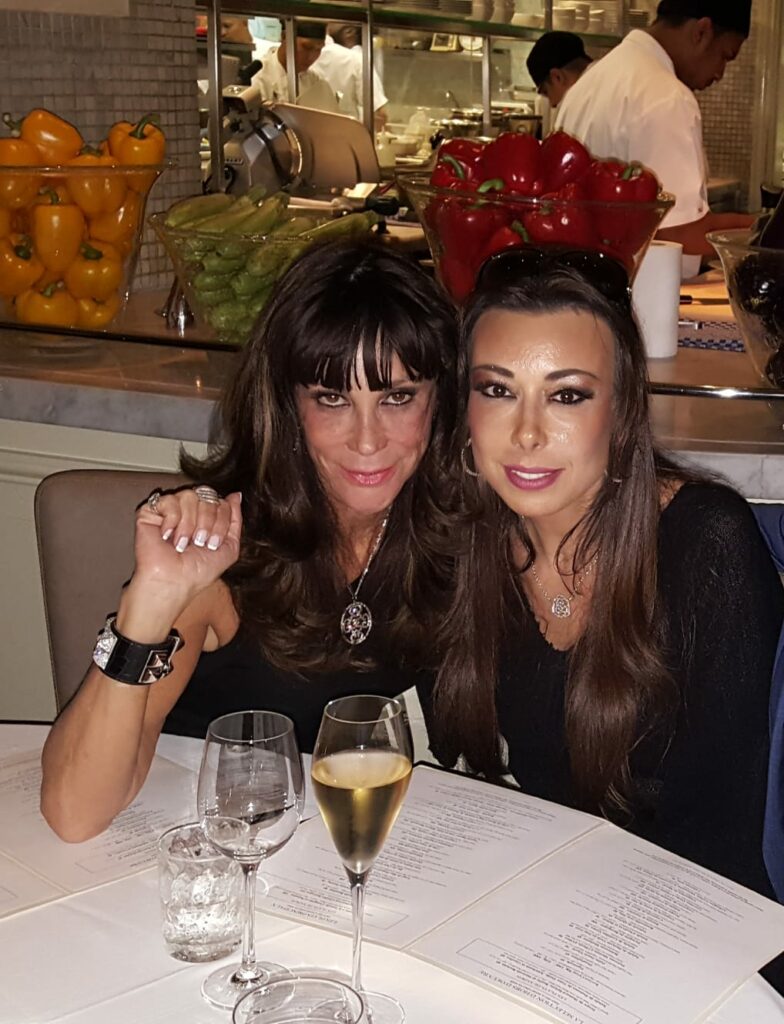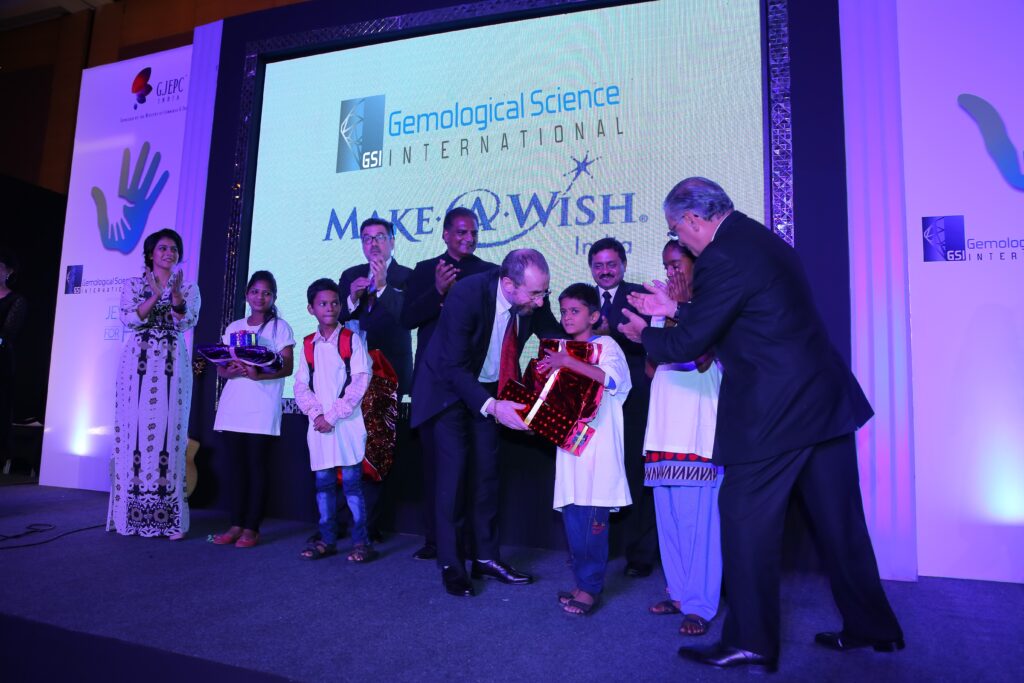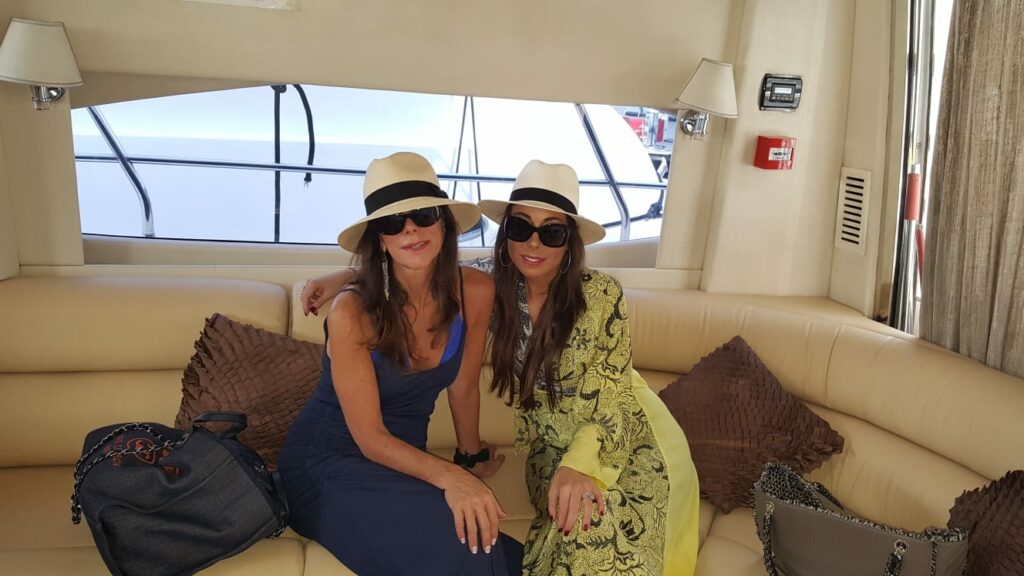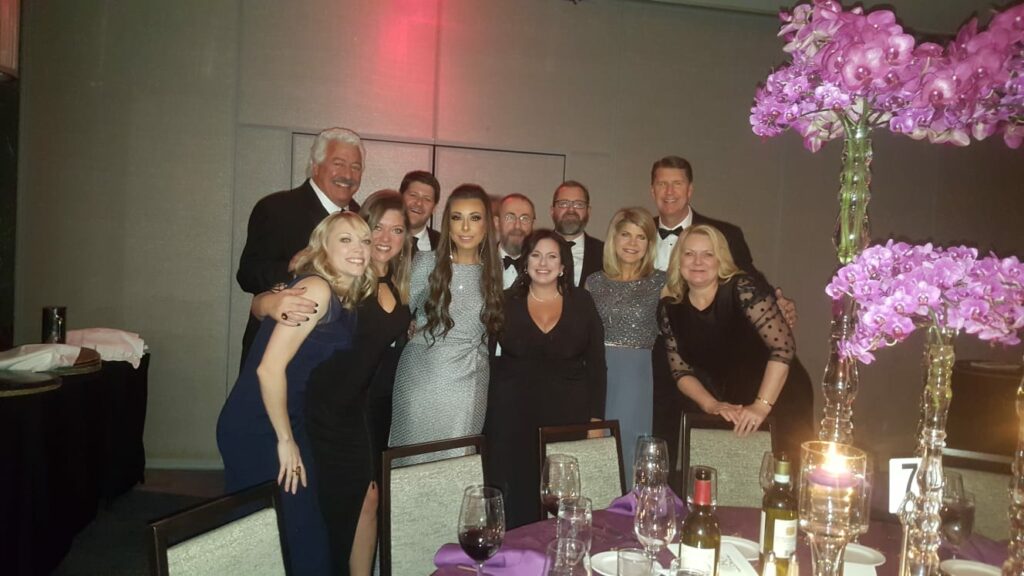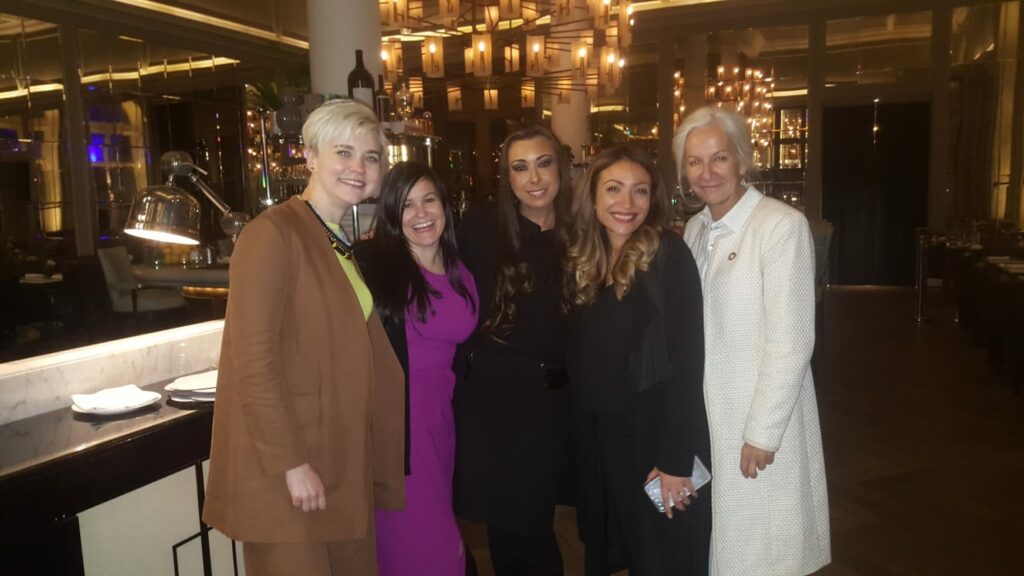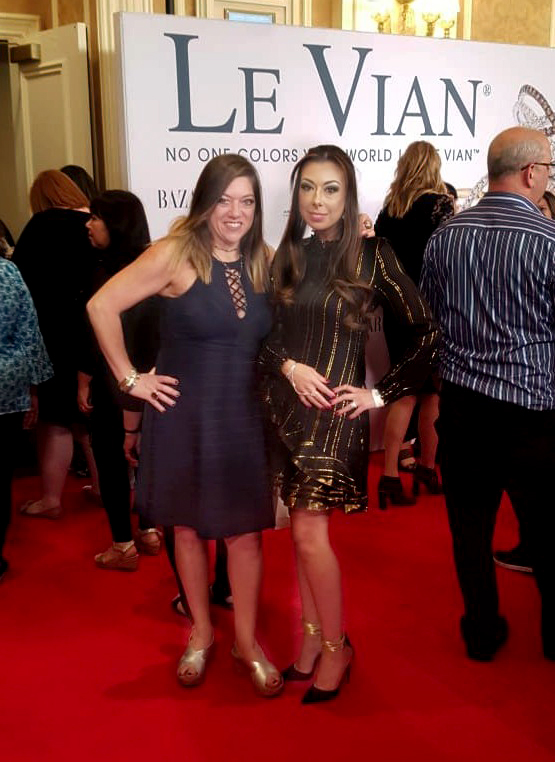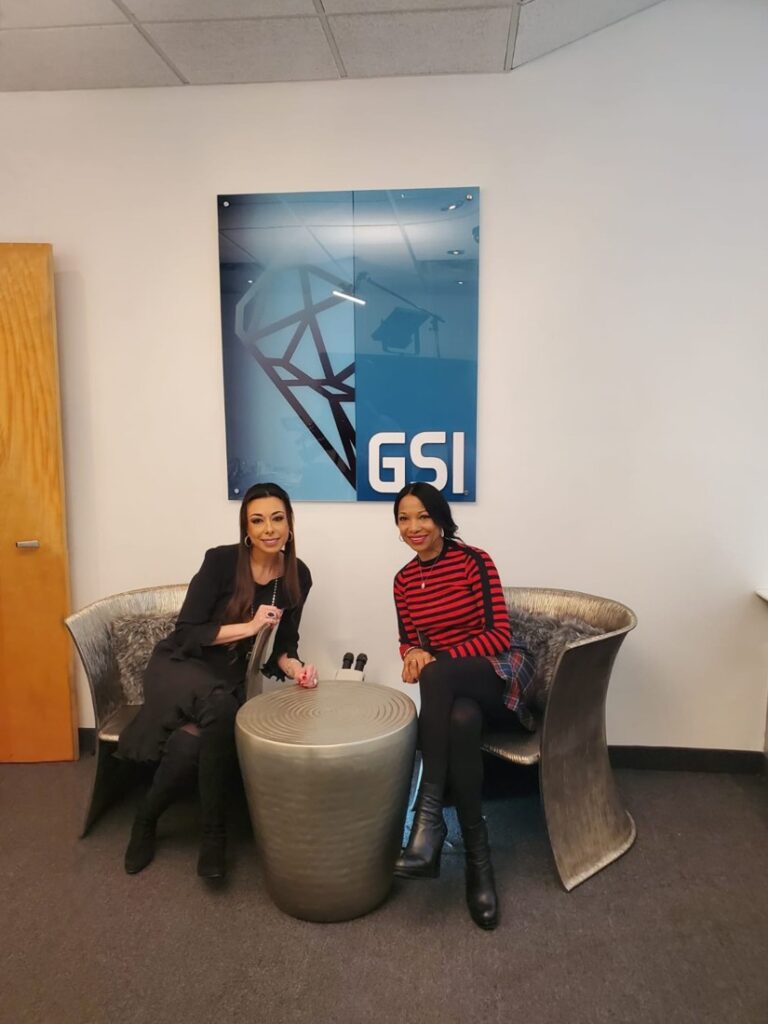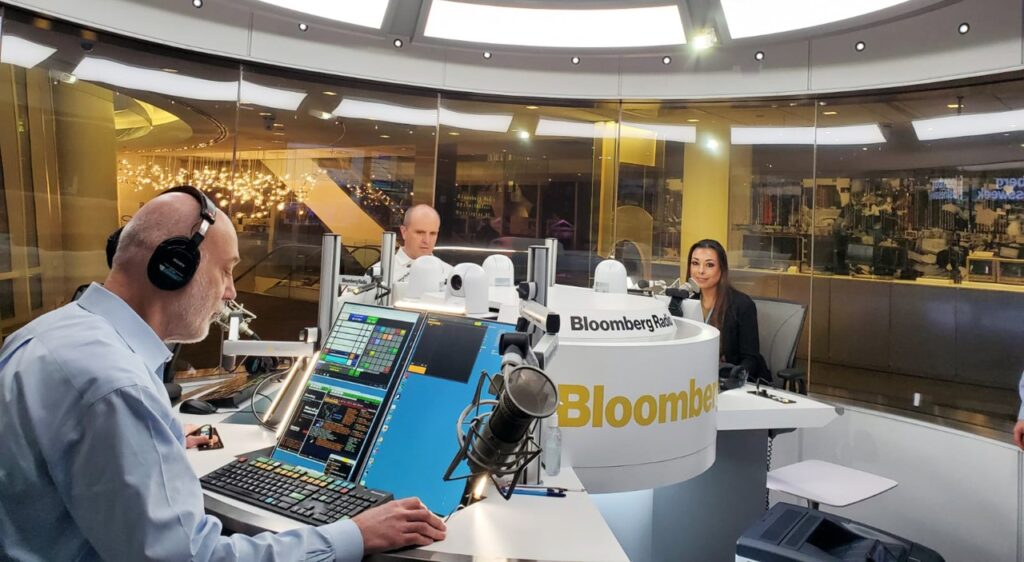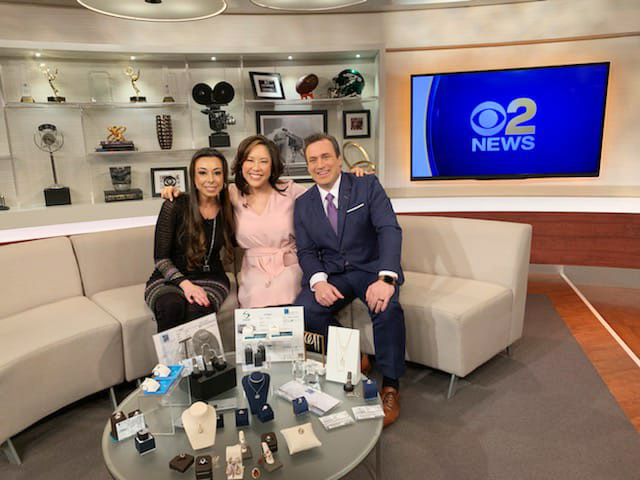Rough & Polished: Interview With GSI’s Debbie Azar
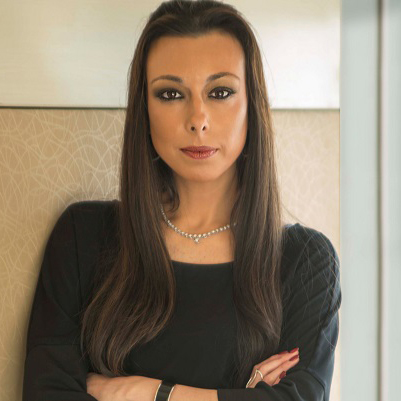
Debbie Azar: “I believe that natural and laboratory-grown diamonds are two separate products that can complement each other through their unique features and benefits”
 GSI is one of the largest gemological organizations in the world with 13 laboratories globally. GSI’s four pillars – integrity, innovation, professional service, and research & education – serve as the backbone of its business and provide a layer of protection for their customers.
GSI is one of the largest gemological organizations in the world with 13 laboratories globally. GSI’s four pillars – integrity, innovation, professional service, and research & education – serve as the backbone of its business and provide a layer of protection for their customers.
Because GSI utilizes leading-edge technologies and automated processes and software – it’s able to offer uncompromising accuracy, reliability, and consistency.
GSI offers a variety of products and services including natural diamond grading reports, laboratory-grown diamond reports, gemstone identification and origin reports, educational courses, and much more.
In this interview given to Rough&Polished, Debbie Azar shares her insights on diamond grading and the industry.
Please give a brief overview of Gemological Science International for our readers.
Gemological Science International (GSI) is one of the largest gemological organizations in the world with 13 laboratories globally. As an industry leader, GSI focuses on research, education, grading, and certification of natural diamonds and laboratory-grown diamonds as well as colored gemstone identification and origin. Founded in 2005, GSI has grown to become one of the largest gemological entities in the world. We are committed to advancing gemological research and offering educational programs for trade professionals at all levels.
What made its founders start this business? And what niche is GSI now occupying in the market?
In early 2005, Mark Gershburg and I together founded GSI as a new and innovative lab designed to leverage new technologies, improve trade efficiencies, enhance consumers’ experience, and meet the rapidly changing needs of the jewelry industry in the 21st century. We noticed that there was a significant gap in the industry in certification, testing, as well as research, and education.
How many laboratories does GSI have around the world?
Headquartered in New York, GSI has 13 laboratories making us one of the largest independent gemological organizations in the world.
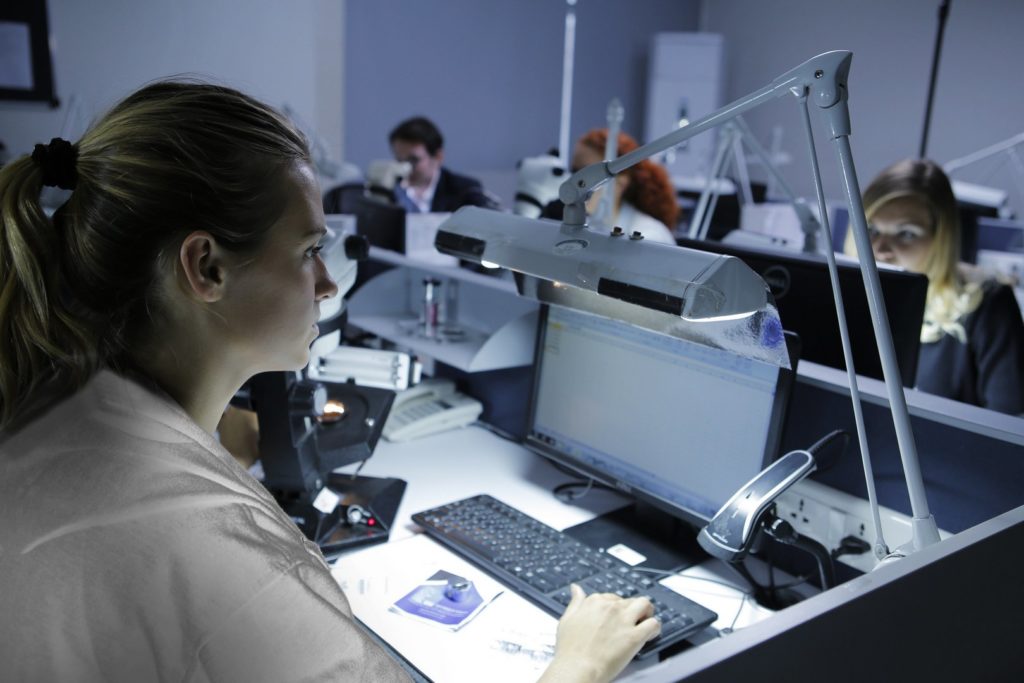
It sometimes occurs that the characteristics of a diamond reported by one lab differ from those reported by another lab. Why is this happening?
Your observation is correct. Different labs grade differently. There can be many reasons, including different laboratory or organizational standards, different types of ownership and stakeholders, and differences between global locations.
The reality is that there is no standardization when it comes to gemological laboratories and diamond grading and that is something that has been a polarizing issue in our industry for a few reasons.
At GSI we have processes to provide consistent grading in all our laboratories globally with quality control and quality assurance protocols. We ensure every grader grades to GSI’s high standards.
Your laboratories are grading natural and lab-grown diamonds. Which ones are generally better in terms of 4Cs?
Natural and laboratory-grown diamonds are graded on the same scale for the 4 Cs. Whether a diamond is natural or laboratory-grown, it is assessed for cut, color, clarity, and carat weight the same way. We encounter natural and laboratory-grown diamonds with the same grades every day. The main differences can include subtle color undertones and different types of inclusions. Both natural and laboratory-grown diamonds come in all sizes, shapes, cuts, clarities, and colors.
In a recent press release, GSI mentioned cases where natural diamonds were admixed to laboratory-grown diamonds. How often do your laboratories encounter such phenomena and how can this be explained?
We first saw this happening back in 2018 but on a very small scale. Lately, during our normal grading process for laboratory-grown diamond jewelry, we have been seeing this much more frequently. This is why we decided to share our findings with the jewelry industry – because it is important to know what to look for, especially with something as counterintuitive as looking for undisclosed natural diamonds amongst lab-grown diamonds. It signifies the growing prevalence of mixing natural diamonds and laboratory-grown diamonds. This discovery highlights the importance of proper gemological testing and disclosures. And, of course, how imperative it is for us to continue our research and to stay ahead of new developments.
Should there be separate natural and lab-grown diamond markets, or should there be one market for both?
I’m completely unbiased here since GSI issues grading reports for both! And I do believe that each has their place in the market. It’s similar to cultured pearls and natural pearls or natural-colored gemstones and created-colored gemstones. In my opinion, laboratory-grown diamonds are here to stay and the best thing we can do is make sure there is clear transparency so the two can co-exist without confusion. That’s one of the reasons GSI made the decision to disclose growth processes and any post-growth treatments on its grading reports back in March 2020 — we were the first laboratory to do this and are happy the other laboratories followed our lead recently.
How do you think the market has changed since De Beers launched the production of lab-grown diamonds and how has this influenced the competition between natural and lab-grown diamonds?
De Beers launched the production of laboratory-grown diamonds for industrial purposes with a patent in 1959 and started commercial production by 1961. Gem-quality laboratory-grown diamonds were first developed in the 1970s and did not emerge in the jewelry market until about the 1980s. That means that laboratory-grown diamonds have been around a long time. As technology evolves, so do laboratory-grown production methods, which improves the quality of the laboratory-grown diamonds and makes them more cost-effective to grow. As the availability of laboratory-grown diamonds increases and the marketing of them creates a desire for them, competition will inevitably happen.
That being said, I believe that natural and laboratory-grown diamonds are two separate products that can complement each other through their unique features and benefits.
They both increase demand for diamonds and jewelry, which is a good thing! There may be a period of price adjusting, but I believe they will both eventually settle into their own place in the market.
As a gemologist, what kind of gemstones do you prefer – natural or lab-grown?
I like working with both. You can learn or see something new every day from a natural diamond or a laboratory-grown diamond. Through our daily testing of all natural and laboratory-grown diamonds that flow through our global laboratories daily, we are constantly detecting nuances and phenomena.
At GSI, our gemologists, scientists and researchers appreciate and study all gem materials.
The past year marked by the COVID-19 pandemic has brought about great changes for many companies in delivering their services. How has this influenced your business?
The pandemic was definitely a challenge at the beginning, primarily because we have laboratories across the globe. Some had to shut down for a bit, some of us had to work from home, and others remained open with limited staff. We have an incredible team and overall, the year ended up being positive.
We took the “down” time to take the opportunity to focus on developing things that we would not otherwise be able to focus on when we are working on our daily routine.
We were able to focus more on research and education. We developed some new educational initiatives that we launched at the beginning of the year as well as some research articles that we plan to publish soon.
Tell us about your hopes and vision for the current year, 2021.
We hope the world will recover and we can regain some semblance of “normal” and embrace the “new normal”. We have so many exciting projects, from launching our “Laboratory-Grown Essentials” course to complement our Diamond Essentials course, to continuing research and development work, and even opening new global GSI locations. Stay tuned for more information!
The sky is the limit. We plan to continue to support the overall health of the jewelry industry and contribute to it through our research and education. Most of all, we have hope that the jewelry industry will thrive, and we are honored to be a part of it.
Previously Published in Rough & Polished
About Debbie Azar
Debbie Azar is the Co-Founder and President of Gemological Science International (GSI), one of the largest gemological organizations in the world, and a distinguished leader in the global diamond and jewelry industry. As an executive with extensive knowledge of the jewelry and gem lab industries, her entrepreneurial skills and vision have helped GSI achieve rapid and continuous growth worldwide, establishing 13 leading-edge gemological facilities on four continents. She currently serves on the boards of the Jewelers Vigilance Committee, Responsible Jewellery Council, and Jewelers for Children, and is a member of the 24 Karat Club of New York. She has been featured in Forbes, Daily Mail, Good Morning America, Bloomberg, Bloomberg Businessweek, Fox Business, Fox5, CBS2, BOLDTV, Varney&Co, The Street, and NASDAQ, among others.
